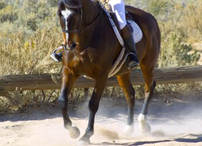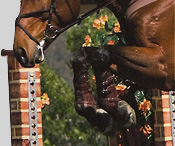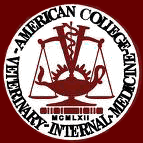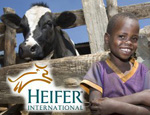



"Building healthy partners"
Impaction Colic


Impaction Colic: Winter Hazard
Spring may be around the corner, but right now late winter is slamming us hard, and impaction colic is a real concern. Impactions are abnormal buildups of food that block transit through the intestinal tract. The most common location is the large colon, which is 12-15 feet in length and holds 12-16 gallons. The colon varies in size and folds on itself several times. The pelvic flexure is a sharp turn where the left ventral colon diameter shrinks from 8” to 3”, making it a common site of impaction.
The colon is a large fermentation vat where food material is processed by bacteria and protozoa. It has a complex electrical system that operates its mixing and moving functions, and state-of-the-art plumbing. The intricacy of the horse’s healthy colon function is amazing, but its complexity also makes it one of the horse’s weakest links.
What can we do to promote a healthy colon? The balance of water and fiber in the colon are the primary determinants of colonic health.
First and foremost feed a diet consisting of at least 75% high quality hay. An average #1000 pound horse should eat 15-20 pounds of hay daily. High fiber diets increase colonic water by 30% over high grain diets. However, the colon has two independently managed phases: solid and liquid. Over mature, poor quality hay can create a sluggish solid phase which can form an impaction while the mobile liquid phase passes on through.
Second, provide CLEAN fresh water. There is evidence that horses prefer lukewarm water. Researchers have shown that ponies drank 38-41% less water when it was near frozen compared to when it was 66°F.
Third, promote exercise during cold winter months. Exercise provides multiple benefits by increasing metabolism and improving intestinal motility.
* DEHYDRATION
* TOO MUCH GRAIN
* POOR QUALITY HAY
* INACTIVITY
Fiber digestibility increases by up to 20% in exercised horses, promotinggreater retention of the fluid part of thediet and shortened retention of the more formed,particulate part of the feed.
Wind, cold, rain, snow, ice…huge temperature surges. Don’t act like Mother Nature in your horse management. Be consistent and sensible. And remember: over time educated choices are economical choices, and quality always outperforms quantity.
PO BOX 60730
RENO NV 89506
EMERGENCY (775) 742-2823 OFFICE (775) 969-3495
FAX (775) 969-3923




